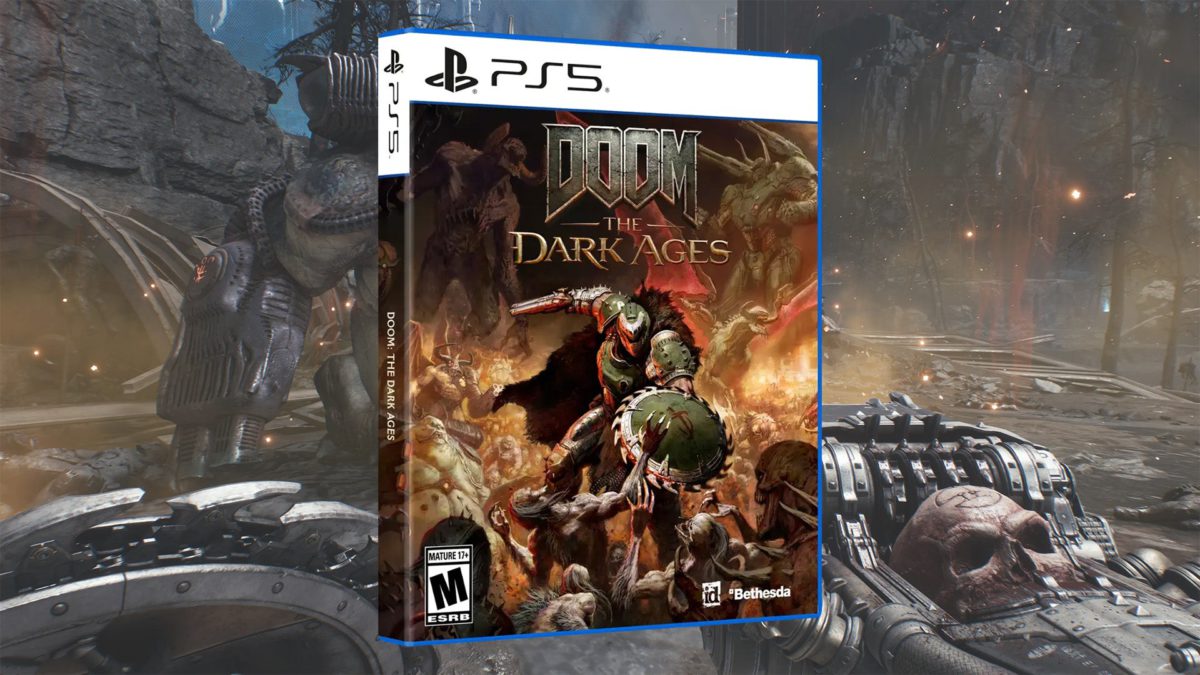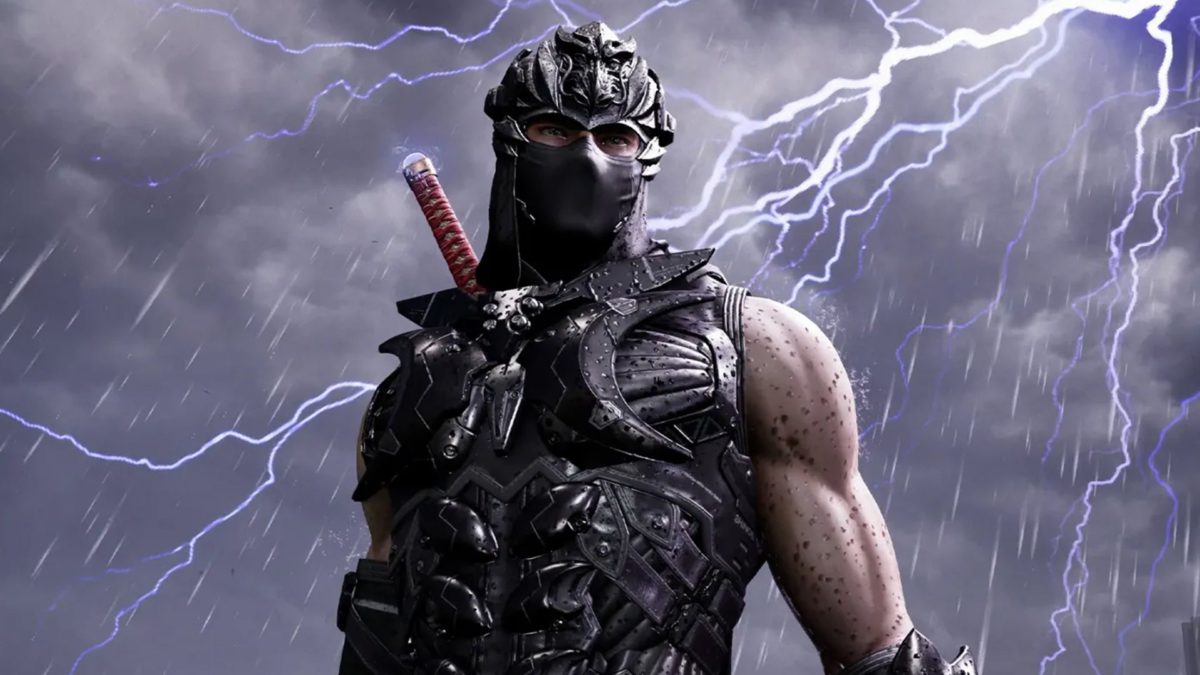
The latest core series entry in the Doom franchise, The Dark Ages, which came out earlier this year, is seeing a major discount on physical copies of the Standard Edition for both PlayStation 5 and Xbox Series X. Right now, you can grab Doom: The Dark Ages for 50% off off from Best Buy during its Year-End Sale. That’s $35 in savings for one of the best shooters of 2025. It’s a better deal than Black Friday and Cyber Monday.
Take 50% Off Doom: The Dark Ages for Xbox and PS5
Developed by id Software and published by Bethesda Softworks, Doom: The Dark Ages is a prequel to Doom (2016) and Doom Eternal. This dark fantasy FPS follows the origins of Doom Slayer long before being found in a Sarcophagus in a UAC on Mars. It also helps fill in the holes in the Doom storyline, getting into the history of demons and Sentinels during a medieval war against Hell.
In Mitchell Saltzman’s review of Doom: The Dark Ages, he gave it a 9/10, stating it’s “a new flavor of the legendary shooter series that’s heavier and more grounded, but no less energetic and exhilarating.” A new shield brings awesome offensive and defensive options, while you still get tons of Doom’s traditional guns for a fun way to take out the thousands of demons in your path. Plus, that classic heavy metal soundtrack perfectly complements the stellar design in every aspect of this game.
If you’re looking to grab Doom: The Dark Ages for PC. Winter PC game sales are live, and you can grab a digital Doom: The Dark Ages for 50% off on Steam.
Danielle is a Tech freelance writer based in Los Angeles who spends her free time creating videos and geeking out over music history.





